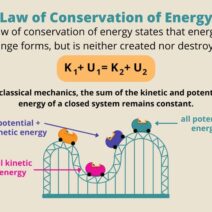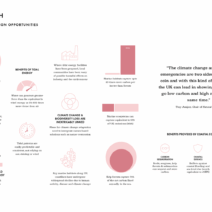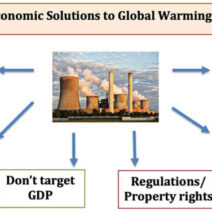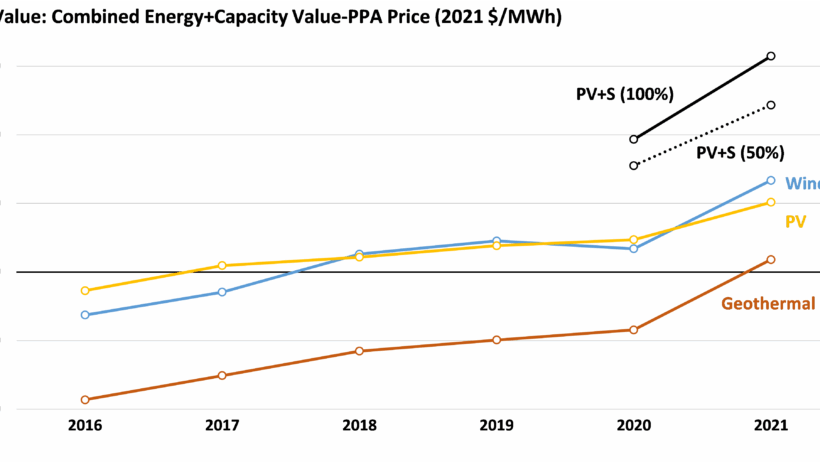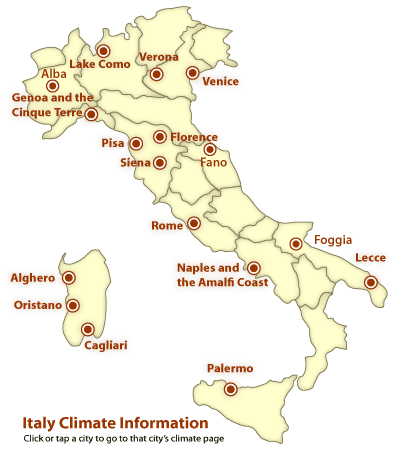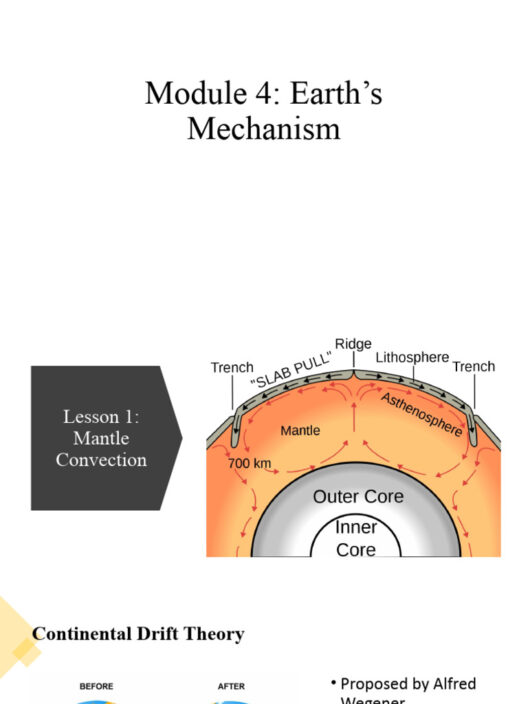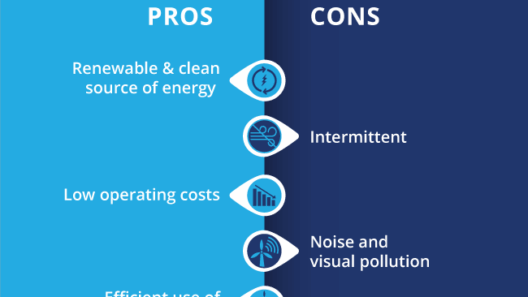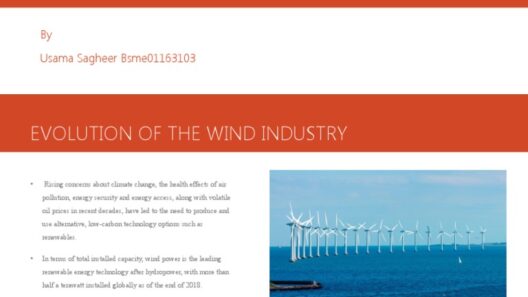In the age of climate consciousness, a trinity of renewable energy resources has emerged as beacons of hope: solar, wind, and geothermal energy. Each of these powerhouses carries its narrative, unique appeal, and technical intricacies. But which one stands out in the pantheon of sustainable solutions? To better comprehend these energy sources, let us embark on a comparative journey, examining what each brings to the table and how they stack up against each other in the quest for a cleaner planet.
In the grand tapestry of renewable energy, solar power is akin to the dazzling sun itself — a prolific source of energy that bathes us in light and sustenance. As the most abundant resource on Earth, solar energy harnesses sunlight, converting it into electricity through photovoltaic cells. Its allure lies in its simplicity and ubiquity: solar panels can be installed on residential rooftops, commercial buildings, and even vast solar farms in desolate desert terrains. Moreover, as technological advancements burgeon, the efficiency of solar cells continues to improve, reducing the cost per watt and incentivizing further adoption.
Yet, this brilliance comes with its own limitations. Solar energy’s output is decidedly dependent on geographical factors and temporal availability, meaning it can wane during cloudy days or at night. Consequently, energy storage solutions such as batteries become vital companions to solar installations, enabling power consumption when the sun sets. Moreover, the creation of solar panels necessitates raw materials, and the mining processes involved can lead to environmental degradation if not managed sustainably.
Transitioning from solar to wind energy, we find ourselves in a world propelled by the invisible forces of nature. Wind energy, often likened to the refreshing gusts of change, flourishes in regions kissed by steady breezes. Wind turbines harness kinetic energy, transforming it into electricity, thereby utilizing an inexhaustible resource. This method of energy generation exhibits a minimal carbon footprint and offers a fresh perspective on how we can coexist harmoniously with the Earth’s elements.
The substantial power of wind energy is matched by its versatility, as turbines can be erected onshore and offshore, capturing the vigorous currents of both land and sea. However, these majestic structures are not without drawbacks. Their deployment can disrupt local wildlife, and the noise generated by rotating blades may provoke discontent among nearby residents. Furthermore, wind energy’s variability presents challenges, requiring a complementary mix with other energy sources to ensure consistent supply — particularly during periods of low wind.
Diving deeper into the depths of the Earth, we encounter geothermal energy — a captivating realm that draws its strength from the planet’s intrinsic heat. Often viewed as the secret gem of renewable energy sources, geothermal systems exploit the Earth’s internal heat for electricity generation and direct heating applications. This resource is elegantly perpetual, emerging from the natural radioactive decay of minerals, and thus it requires a unique installation process that accesses subterranean reservoirs of heat.
The localized nature of geothermal energy often translates to efficiency and reliability, setting it apart from its solar and wind counterparts. Once a geothermal power plant is established, it can provide a steady, baseload supply of energy irrespective of weather conditions or time of day. In regions with accessible geothermal resources, this technology can significantly reduce reliance on fossil fuels, underpinning global decarbonization efforts. However, the feasibility of geothermal energy is intrinsically tied to geological factors, rendering it less accessible in many parts of the world.
Examining the trifecta of renewable energies — solar, wind, and geothermal — reveals a kaleidoscope of strengths and weaknesses that can be intricately woven into the energy matrix of a sustainable future. Each of these resources has carved out a niche, addressing different energy needs across diverse geographical landscapes. This demonstrates that no single solution exists; rather, a multifaceted approach is essential for achieving holistic energy independence and sustainability.
Moreover, each renewable energy source holds potential for advancement. Ongoing research endeavors aim to refine solar panel technology, innovate offshore wind systems, and explore enhanced geothermal systems (EGS) that can tap into previously inaccessible heat reservoirs. By cultivating cross-disciplinary partnerships – marrying engineering ingenuity with ecological stewardship – we can deepen our understanding of these resources, maximizing their potential while mitigating their associated risks.
As the world grapples with the existential threat of climate change, the narratives of solar, wind, and geothermal energy emerge not merely as contrasting stories, but as a collective call to action. The enchantment of renewable energy lies in its promise: a harmonious coexistence between humanity and the natural world, illuminating our path toward an enduring legacy of sustainability. By embracing the unique attributes of each resource, we can forge a comprehensive energy strategy, fostering resilience against the ebb and flow of energy demands and climatic shifts.
In conclusion, the question of which renewable resource reigns supreme may best be answered not through competition but through collaboration. As we cultivate this harmonious symphony of solar, wind, and geothermal energy, we move closer to a brighter, more sustainable future. Our collective stewardship of these resources will define our legacy, reminding us that in a world of vast possibilities, the essence of innovation lies in interdependence.
